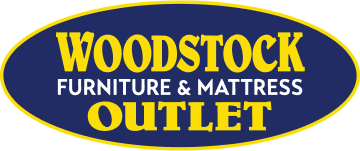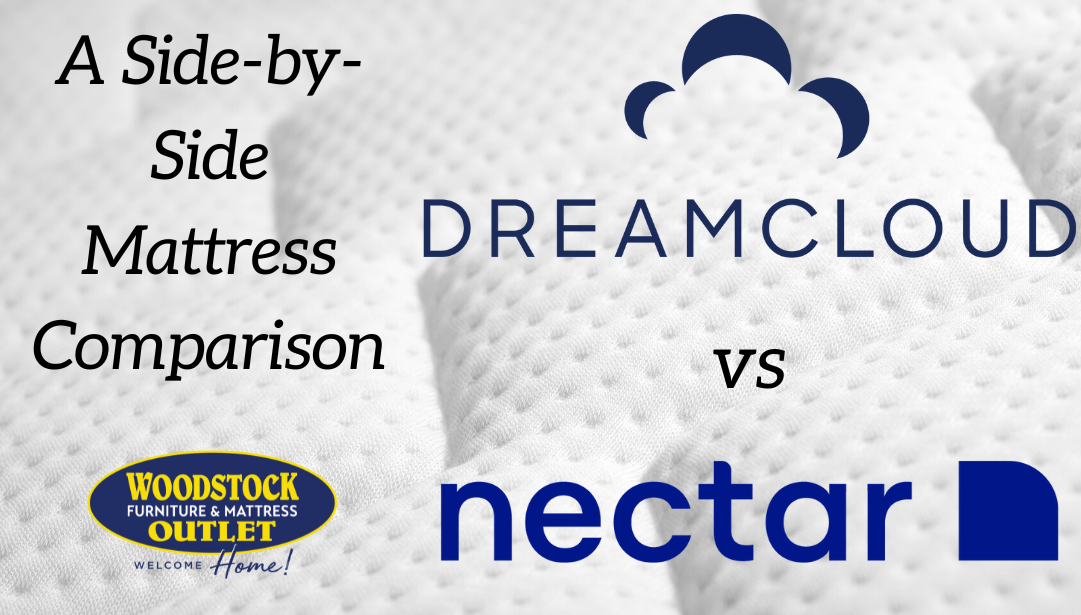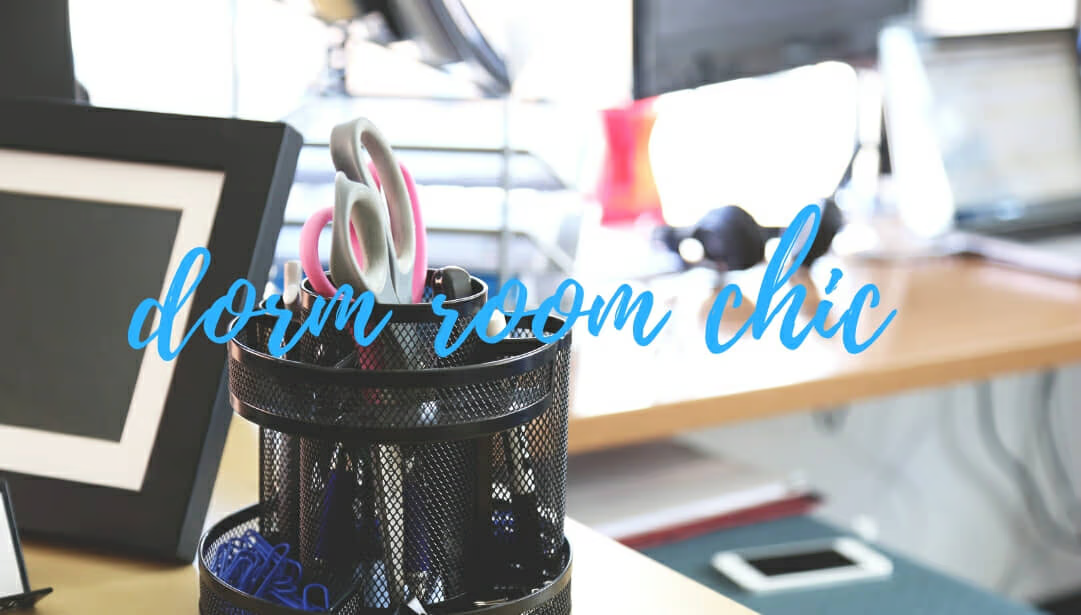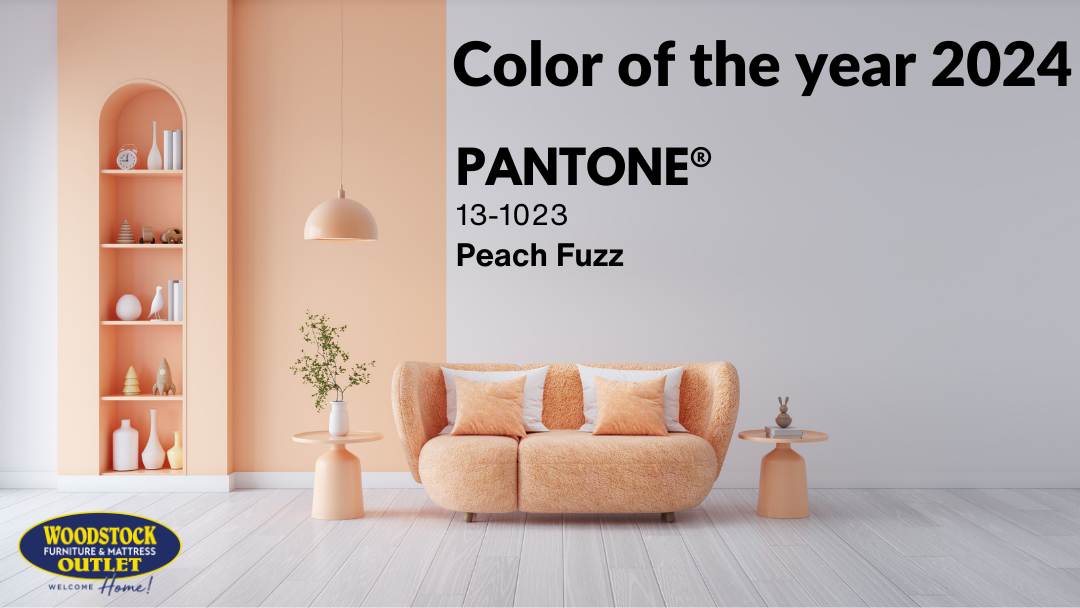Regardless of the product or service, one thing consumers love to do is make comparisons. Especially when they’re trying to sort out a purchase or make a buying decision. Android vs iPhone. Tylenol vs Advil. Toyota vs Honda. This buying behavior applies to shoppers in the mattress industry too. That’s why today’s discussion is all about DreamCloud vs Nectar. You’ve asked, so we’re going to answer it!
Why DreamCloud vs Nectar?
There are literally dozens of mattress-in-a-box brands battling for your business. In particular, Nectar and DreamCloud are two well-known brands that shoppers frequently ask our mattress experts about. But why are so many mattress shoppers comparing DreamCloud and Nectar?
Are these two mattress brands all that similar? Do they have different features? How do their price points, construction, and quality stack up? By the end of this short comparison mattress review, we’ll answer all these questions and more.
The DreamCloud vs Nectar debate is partly due to their share of similarities, which we’ll discuss in more depth below. However, the number one reason mattress shoppers compare Nectar and DreamCloud is because they’re actually sister brands under the same parent company, Resident Home.
DreamCloud vs Nectar: Differences, Similarities, Pros & Cons

Since there are plenty, let’s start with the similarities first.
How Are Nectar & DreamCloud Mattresses Similar?
Beyond the fact that DreamCloud Mattress and Nectar Mattress are sister brands, what other ways are they alike? As you likely know already, both of these brands are mattresses-in-a-box and are fully shippable. This also means that all Nectar Sleep and DreamCloud mattresses are compatible with adjustable bases.
Additionally, both companies offer 3 different mattresses — a classic or entry-level option, a mid-level option, and a premium or luxury option. They even name them similarly. From Nectar Sleep, you have the Nectar Classic, Nectar Premier and the Nectar Premier Copper. From DreamCloud, you have The DreamCloud, DreamCloud Premier and the DreamCloud Premier Rest. While there are slight price differences, the entry, mid and top mattresses from both brands are similarly priced.
Given that all these mattresses are manufactured by the same company, and in some cases the same factory, the quality of materials, quality of construction, and durability are comparable. For instance, both mattress brands only use high-quality CertiPUR-US certified foams.
Lastly, both DreamCloud and Nectar mattresses come with a generous, industry-leading, 365-night sleep trial and a lifetime warranty. If after 364 nights you decide that your Nectar or DreamCloud mattress isn’t right for you, you can return it. For any reason. Period. Even the highest-tier luxury mattress brands don’t offer this level of peace of mind to their customers.
Key Differences: Construction & Features
Here are the key differences where the Nectar vs DreamCloud questions begin to make more sense. Far and away, the most significant difference between these brands is the construction itself. While Nectar mattresses are a true gel memory foam construction, DreamCloud mattresses are a hybrid pocketed coil and gel memory foam design. Most of the other differences stem from this one factor.
While a minor difference, DreamCloud is also typically $100 or $200 more than the comparable Nectar at each price/product tier. This is due to the additional materials and features used in the DreamCloud’s hybrid design. For both brands however, these mattresses still deliver a great value when you consider all of their premium features.
Nectar Mattress Pros & Cons
While the higher-end Nectar mattresses include upgrades like cooling phase change material, cooling mattress covers, and other improvements, every Nectar mattress still consists of 3 primary layers — base support foam, transitional support foam, and a gel memory foam comfort layer on top. As a result, Nectar mattresses will feel much more like how you’d expect a memory foam mattress to feel. Depending on how you sleep and what you’re looking for, this can be a pro or a con.
While the heat-wicking, poly-blend cover, gel-infused memory foam, and other cooling features address concerns for hot sleepers, many of the other typical memory foam pros and cons still apply. For instance, Nectar provides excellent body contouring and pressure relief as well as great motion isolation. This is wonderful if you suffer from neck, back, shoulder, hip or other joint pain. Or if you’ve got a bedmate who’s a light sleeper.
However, the trade-off is that memory foam mattresses like Nectar don’t have the best edge support and aren’t particularly responsive. If you’re someone who struggles to shift positions or has a hard time getting in and out of bed, even a high quality contouring memory foam mattress like Nectar may give you that sinking feeling like you’re trapped in your own mattress.
DreamCloud Mattress Pros & Cons
When it comes to hybrid mattresses like DreamCloud, they are meant to be a compromise between foam and innerspring mattresses. What does that mean, exactly? It means that most hybrid designs try to even out the various pros and cons of innerspring and foam mattresses. The highs aren’t quite as high, and the lows aren’t quite as low.
Compared to Nectar, DreamCloud mattresses have more layers (between 5 and 7 layers) of foams, numerous pocketed coils, and a different style mattress cover. Instead of Nectar’s knit cover, DreamCloud mattresses have a thicker, luxuriously soft, quilted cashmere cover. Meanwhile, DreamCloud’s mid and top-tier mattresses feature a Euro top and pillow top respectively. All of these features give DreamCloud a little bit more of a traditional innerspring look and feel. Just as above, these qualities can be positive or negative depending on what you’re looking for in your next mattress.
The pocketed coils in a DreamCloud mattress give it far better responsiveness and edge support than memory foam mattresses. These coils are also sandwiched between two support foam layers and work independently from each other, giving DreamCloud great pressure relief and motion isolation too — although not quite as good as you’d get with a Nectar.
DreamCloud is not going to offer the same level of body contouring or motion isolation as a pure gel memory foam mattress like Nectar. But what it will do is provide good scores in these categories while also giving sleepers a more responsive, bouncier, mattress. And a little bounce goes a long way when changing positions or easily getting in and out of bed.
Which Mattress Is a Better Fit for Me?
While a Nectar may have you feeling like you’re sleeping in your mattress, a DreamCloud will have you feeling like you’re sleeping on your mattress. Ultimately, which mattress is best for you depends on your preferences and which benefits are most important to you.
Now that you’ve discovered the differences between DreamCloud and Nectar, you should have a better idea about which mattress is right for you! Given that one of the primary distinguishing characteristics is the difference between hybrid and foam construction, we’d recommend our guide on mattress construction and which is best for your unique body and sleep style.
If DreamCloud sounds like the best fit for you, we encourage you to dive deeper into the different DreamCloud mattresses. However, if you think a Nectar mattress is more your speed, we’d love for you to check out our recent Nectar mattress review.
Both of these sister brands have unique things to offer sleepers. If you’d like to check both of them out before making a decision, we don’t blame you! Visit any of our metro Atlanta and North Georgia furniture and mattress stores to try every Nectar and DreamCloud mattress for yourself!











